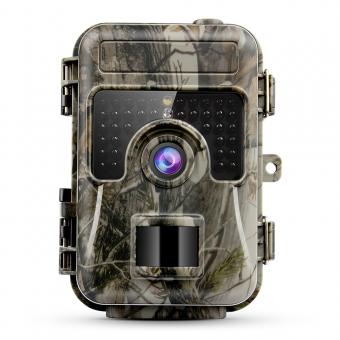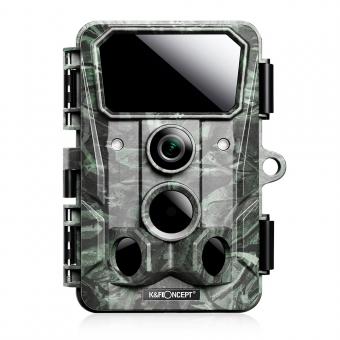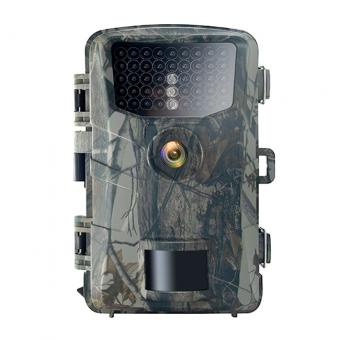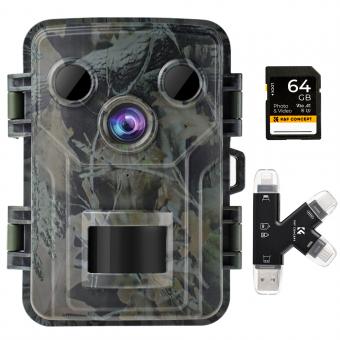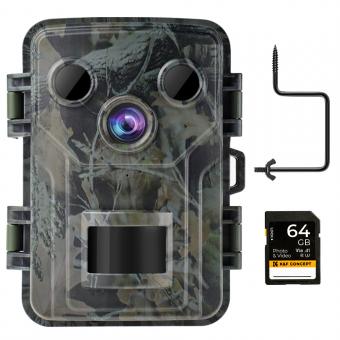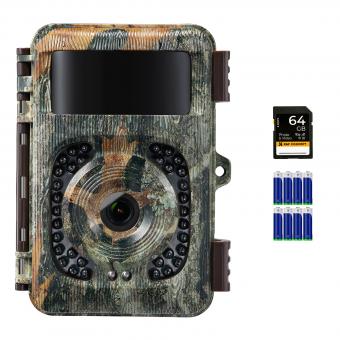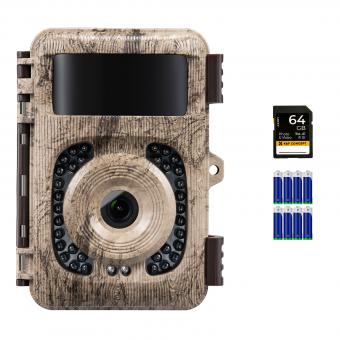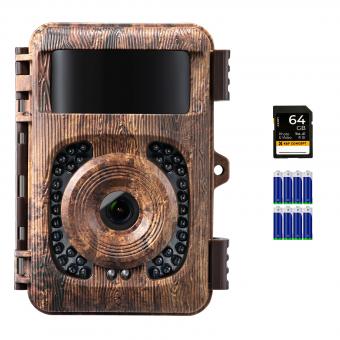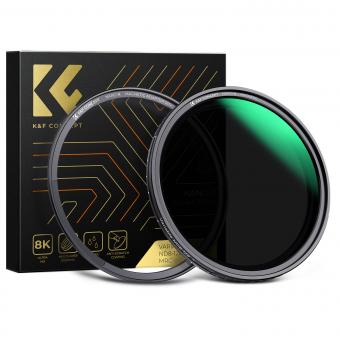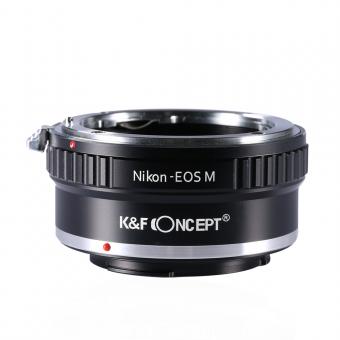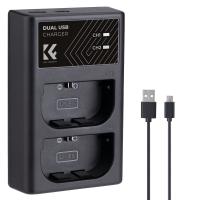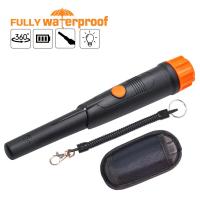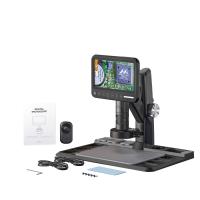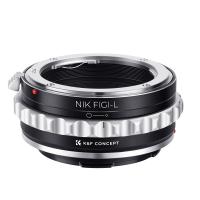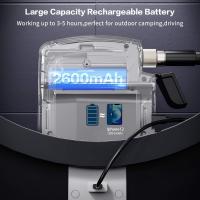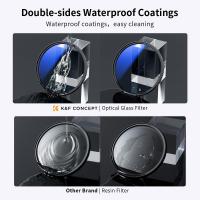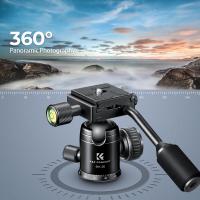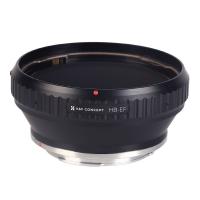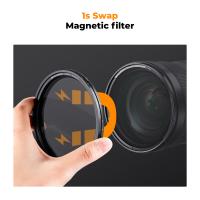What's The Best Camera For Wildlife Photography ?
The best camera for wildlife photography depends on various factors such as budget, personal preferences, and specific requirements. Some popular options among wildlife photographers include the Canon EOS-1D X Mark III, Nikon D850, and Sony Alpha a9 II. These cameras offer high-resolution sensors, fast autofocus systems, and excellent low-light performance, which are crucial for capturing wildlife in action. Additionally, telephoto lenses with a long focal length are often used to get close-up shots of distant subjects. It is recommended to research and test different camera models to find the one that suits your needs and shooting style the best.
1、 High-resolution and fast autofocus capabilities for capturing wildlife action.
The best camera for wildlife photography is one that combines high-resolution capabilities with fast autofocus capabilities for capturing wildlife action. When it comes to wildlife photography, having a camera with a high-resolution sensor is crucial as it allows for capturing fine details and producing sharp, detailed images. This is especially important when photographing animals from a distance, where every detail counts.
Additionally, fast autofocus capabilities are essential for wildlife photography, as animals can be unpredictable and quick in their movements. A camera with a sophisticated autofocus system will ensure that you can quickly and accurately focus on your subject, even in challenging lighting conditions or when the subject is in motion.
In terms of the latest point of view, technology in camera systems is constantly evolving. Manufacturers are continuously improving autofocus systems, increasing the number of autofocus points, and enhancing tracking capabilities. Some cameras now even offer advanced artificial intelligence algorithms that can recognize and track specific animal species, making it easier to capture wildlife in action.
When considering the best camera for wildlife photography, it is also important to take into account other factors such as durability, weather sealing, and the availability of telephoto lenses. Wildlife photography often involves working in harsh environments, so having a camera that can withstand tough conditions is essential.
Ultimately, the best camera for wildlife photography will depend on individual preferences, budget, and specific requirements. It is recommended to do thorough research, read reviews, and even try out different cameras before making a decision.

2、 Weather-sealed body to withstand outdoor conditions.
The best camera for wildlife photography is one that offers a weather-sealed body to withstand outdoor conditions. Wildlife photography often involves shooting in unpredictable and challenging environments, such as rainforests, deserts, or snowy landscapes. Therefore, having a camera with a weather-sealed body is crucial to protect it from moisture, dust, and extreme temperatures.
A weather-sealed camera body typically has rubber gaskets and seals around its buttons, dials, and compartments, ensuring that no water or dust can penetrate the internal components. This feature provides peace of mind to photographers, allowing them to focus on capturing stunning wildlife shots without worrying about damaging their equipment.
In terms of the latest point of view, camera manufacturers are constantly improving the weather-sealing capabilities of their models. Some cameras now offer enhanced resistance to water and dust, going beyond the standard weather-sealing. These advancements allow photographers to push the boundaries and capture wildlife in even more extreme conditions.
When considering a camera for wildlife photography, it's also important to look for other features such as fast autofocus, high burst rates, and a wide ISO range to handle various lighting conditions. Additionally, a camera with a high-resolution sensor can capture fine details, which is particularly useful when photographing distant or small wildlife subjects.
Ultimately, the best camera for wildlife photography is one that combines a weather-sealed body with advanced features to ensure durability and exceptional image quality. It's always recommended to research and compare different camera models to find the one that best suits your specific needs and budget.

3、 Long telephoto lens with image stabilization for capturing distant subjects.
The best camera for wildlife photography is one that combines a high-quality sensor, fast autofocus system, and excellent low-light performance. However, the most crucial aspect for capturing wildlife is a long telephoto lens with image stabilization. This type of lens allows photographers to get close-up shots of distant subjects without compromising image quality.
A long telephoto lens is essential for wildlife photography because it enables photographers to capture animals in their natural habitats without disturbing them. It allows for detailed shots of animals' behavior and expressions, creating stunning and immersive images. Additionally, a telephoto lens with a wide aperture can create a shallow depth of field, isolating the subject from the background and creating a beautiful bokeh effect.
Image stabilization is another crucial feature for wildlife photography. It compensates for camera shake, which is especially important when shooting handheld with a long lens. This feature helps to ensure sharp and clear images, even in challenging lighting conditions or when using slower shutter speeds.
As for the latest point of view, advancements in camera technology have led to the development of mirrorless cameras that are becoming increasingly popular among wildlife photographers. These cameras offer benefits such as smaller size, lighter weight, and silent shooting, making them more versatile and suitable for wildlife photography.
In conclusion, the best camera for wildlife photography is one that combines a high-quality sensor, fast autofocus system, and excellent low-light performance. However, the most critical aspect is a long telephoto lens with image stabilization, allowing photographers to capture distant subjects with sharpness and clarity. The latest advancements in mirrorless camera technology have also made them a viable option for wildlife photography.
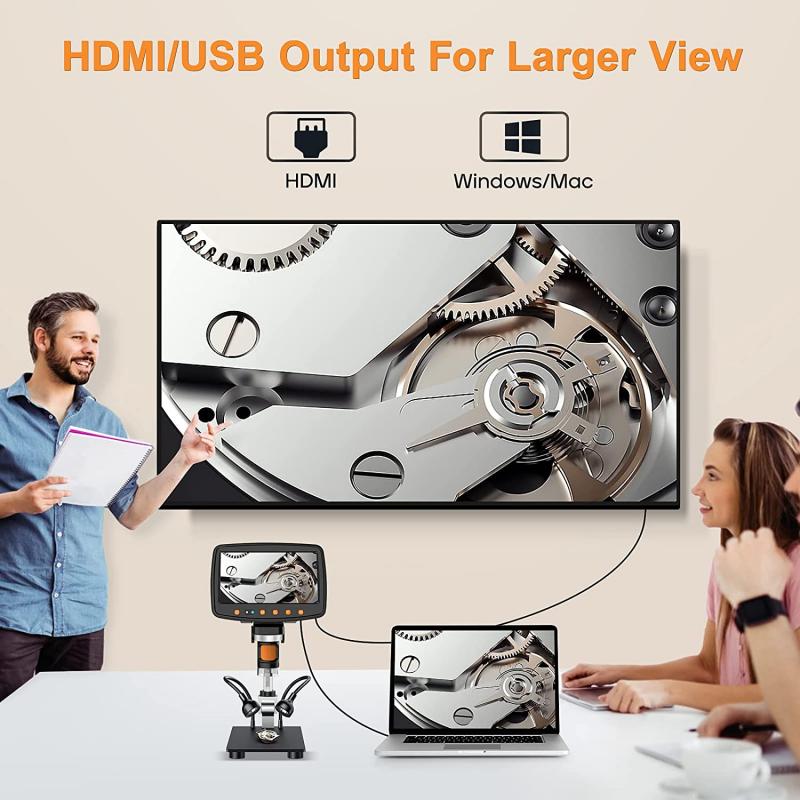
4、 High ISO performance for low-light situations.
The best camera for wildlife photography is one that offers high ISO performance for low-light situations. When photographing wildlife, you often encounter challenging lighting conditions, such as early morning or late evening when the light is dim. In these situations, a camera with excellent high ISO performance becomes crucial.
High ISO performance refers to a camera's ability to capture images with minimal noise and maximum detail in low-light conditions. A camera with good high ISO performance allows you to use higher ISO settings without sacrificing image quality. This is important because higher ISO settings enable faster shutter speeds, which are necessary to freeze the motion of fast-moving wildlife.
In recent years, camera technology has advanced significantly, and many manufacturers have released models with impressive high ISO capabilities. For example, the latest full-frame mirrorless cameras, such as the Sony Alpha a7R IV or the Nikon Z7 II, offer exceptional high ISO performance, allowing you to capture sharp and noise-free images even in challenging lighting conditions.
Additionally, advancements in sensor technology and image processing algorithms have contributed to improved high ISO performance. Cameras with larger sensors tend to perform better in low-light situations as they can capture more light, resulting in cleaner images. Furthermore, newer camera models often feature improved noise reduction algorithms, which further enhance image quality at high ISO settings.
Ultimately, the best camera for wildlife photography with high ISO performance will depend on your specific needs, budget, and personal preferences. It is advisable to research and compare different camera models, read reviews, and even try them out in person to determine which one suits your requirements best.


